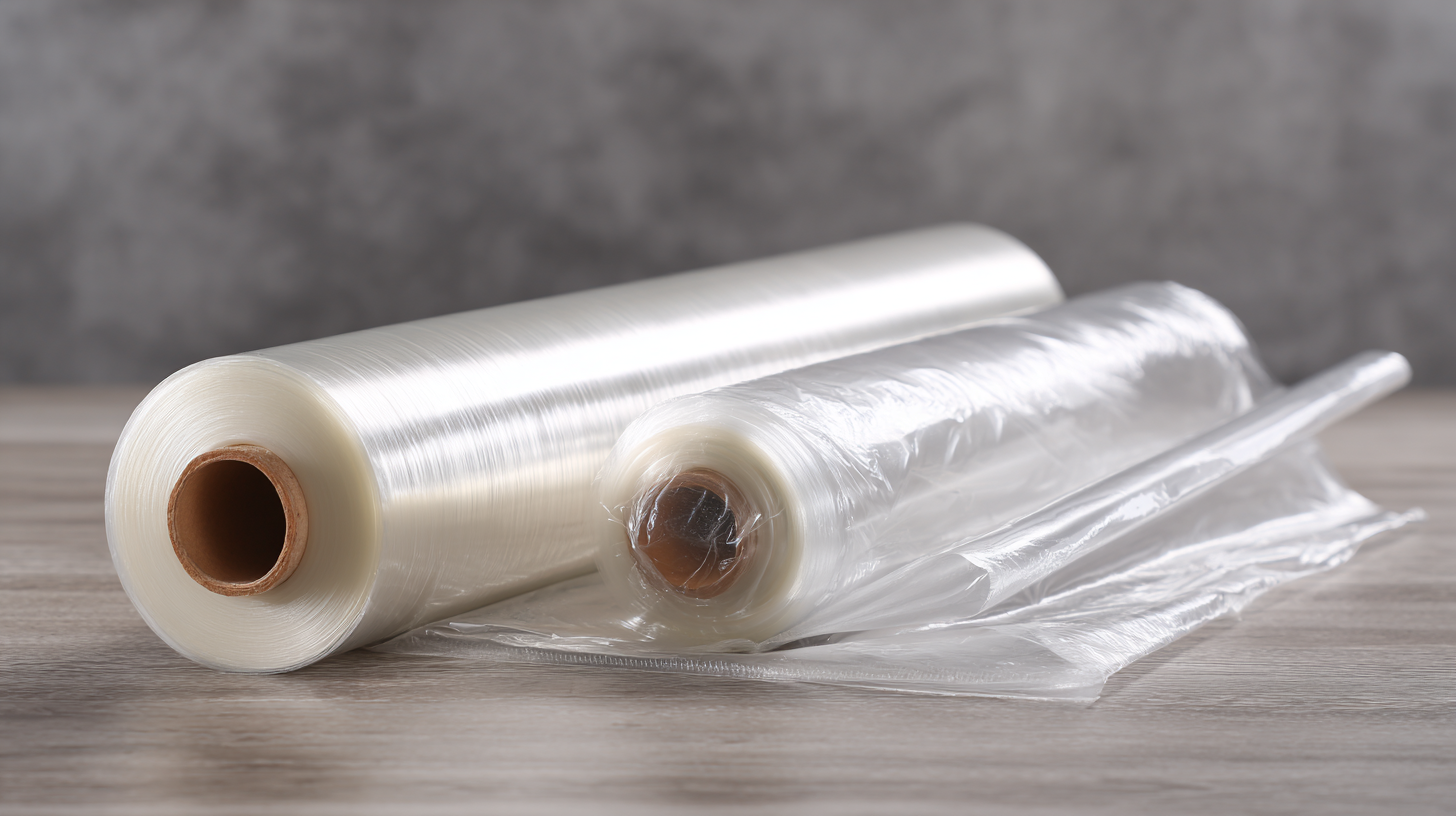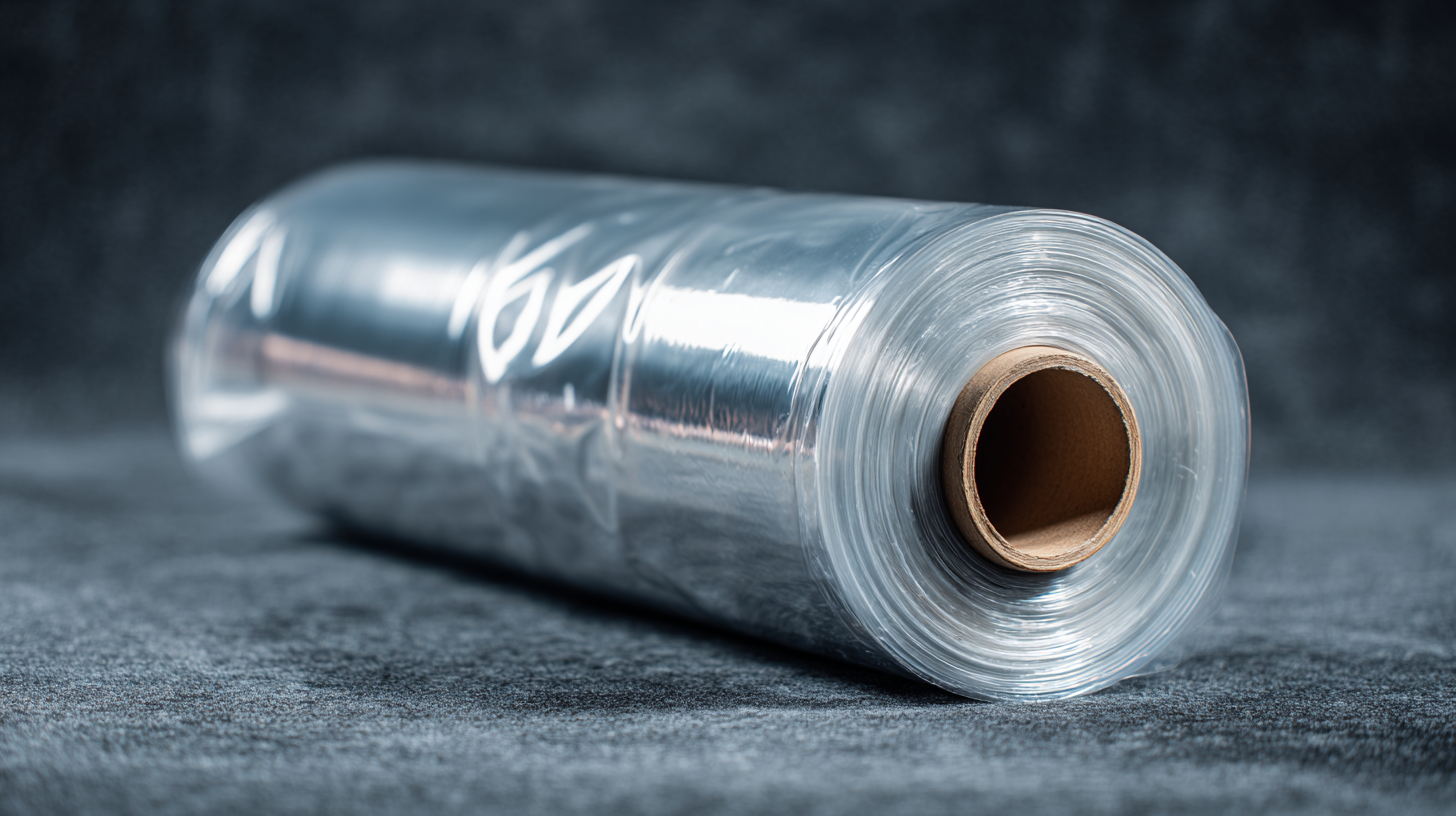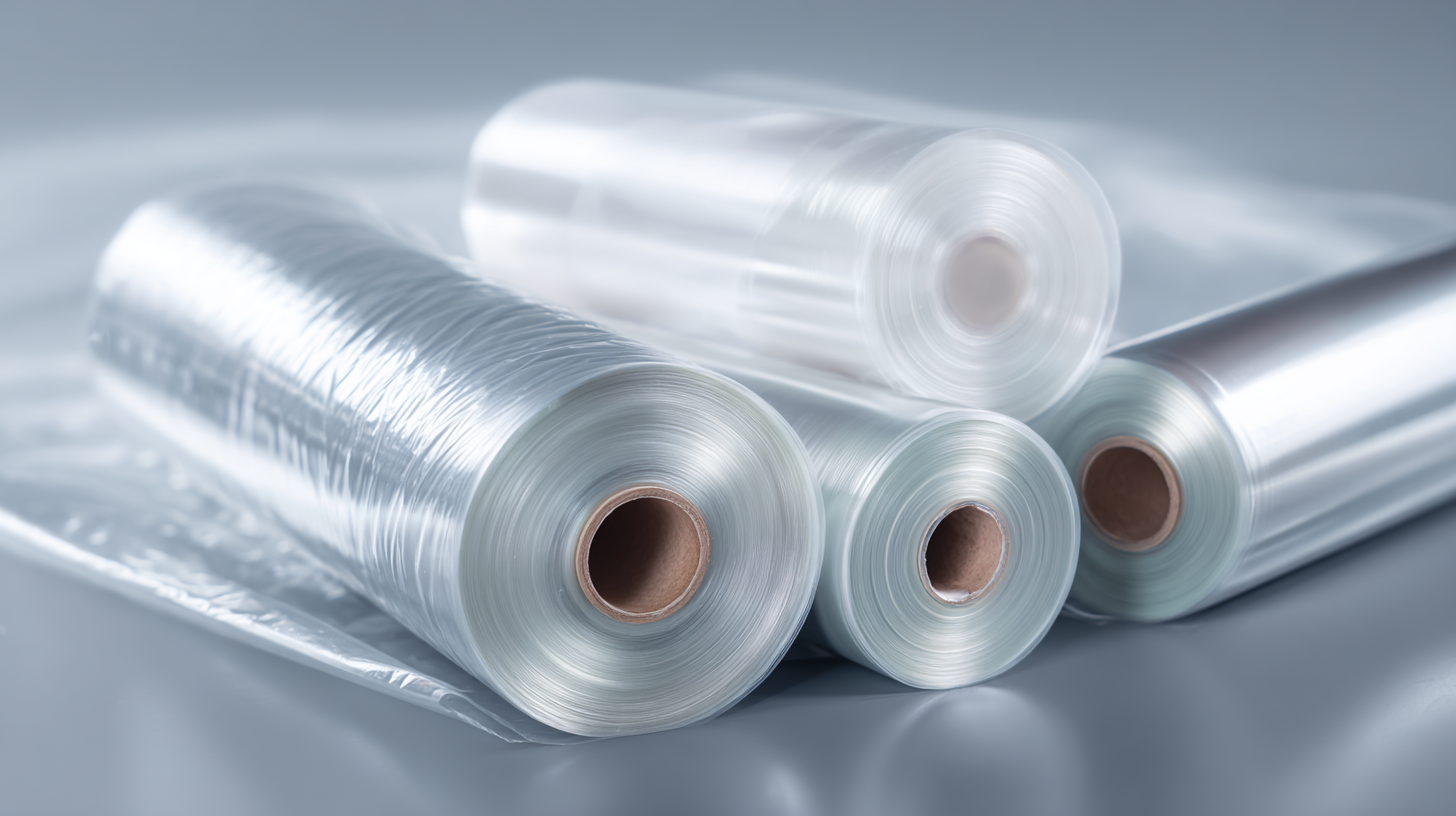In today's fast-paced packaging industry, the choice of materials has become critical, particularly when it comes to preserving product quality and enhancing shelf appeal. A recent report by Smithers Pira forecasts that the global shrink film market will reach $9.74 billion by 2024, driven by increasing demand for packaging solutions that ensure product protection and extend shelf life. Among these solutions, Plastic Wrap Shrink stands out due to its versatility and effectiveness in stabilizing products for storage and transport. As businesses strive to meet stringent safety regulations and enhance consumer engagement, understanding the technical specifications and applications of Plastic Wrap Shrink is essential. This ultimate guide aims to provide you with detailed technical parameters and practical tutorials to select the best Plastic Wrap Shrink tailored to your specific needs, ensuring optimal performance in your packaging processes.

When selecting plastic wrap shrink for food packaging applications, several key factors must be considered to ensure both product integrity and consumer safety. One of the primary considerations is the type of material used in the shrink film. Different materials, such as PVC or polyethylene, offer varying properties in terms of durability, stretchability, and clarity. For instance, polyethylene is highly flexible and resistant to moisture, making it ideal for perishable food items, while PVC provides superior cling and a glossy finish.
In addition to material type, thickness is another critical factor influencing the effectiveness of plastic wrap shrink. Thicker films tend to offer better puncture resistance and protection during storage and transportation. Moreover, the seal integrity is paramount; improper heat sealing can lead to leaks or contamination, undermining food safety. Thus, understanding the heat sealing mechanisms and ensuring the right application settings can significantly enhance the shelf life of packaged goods, reflecting the growing demand in the global market for efficient packaging solutions. As the market continues to expand, being informed about these factors will aid businesses and consumers alike in making the best possible choices for their food packaging needs.
As we progress into 2023, the demand for eco-friendly packaging solutions continues to rise, prompting consumers and businesses alike to reconsider their plastic wrap options. Traditional plastic wraps, often derived from petroleum, pose significant environmental challenges due to their non-biodegradable nature. Thankfully, several innovative brands are now offering eco-friendly alternatives that maintain functionality while being kinder to the planet. These options often utilize renewable resources or incorporate biodegradable materials, allowing you to make environmentally conscious choices without compromising quality.
When evaluating eco-friendly plastic wrap shrink products, consider their manufacturing processes and the source of their materials. Bioplastics made from sources such as corn starch or sugarcane offer a promising alternative, as they can decompose more easily than conventional plastics. Additionally, look for brands that prioritize recyclable packaging and minimalistic designs to further reduce their carbon footprint. By selecting a product that aligns with your values, you not only contribute to a healthier planet but also inspire others to make sustainable choices in their packaging needs.

When it comes to selecting plastic wrap shrink for your specific applications, understanding the impact of
thickness and
stretchability is crucial. Thickness plays a significant role in
determining the durability and effectiveness of the wrap. According to a recent industry report by
Plastics News, plastic wraps with a thickness of 60-75 gauge provide optimal protection while ensuring a
tight seal. This thickness allows for adequate barrier properties against moisture and contaminants, which is
essential in food packaging and preservation.
Stretchability, on the other hand, directly affects the wrap’s ability to conform to the shape of various items.
A higher stretch ratio, typically around 250-300%, ensures that the film adheres snugly, minimizing the risk of air pockets that could
compromise product integrity. A study from the
Flexible Packaging Association noted that products using wraps with enhanced stretchability demonstrated
up to 30% less spoilage compared to those
wrapped in standard films.
Tip: Always check for the manufacturer's specifications on
stretchability and gauge when making your selection to ensure the wrap meets your specific requirements. Additionally,
experimenting with different brands can provide insights into how varying thicknesses and stretchability affect your
product packaging.
When it comes to choosing the right plastic wrap shrink for your needs, evaluating cost-effectiveness is crucial. According to a recent report from Smithers Pira, the global market for plastic film is expected to grow to over $250 billion by 2028, highlighting the increasing demand for cost-efficient packaging solutions. In 2023, various plastic wrap materials, including PVC, PE, and biodegradable options, are competing fiercely in terms of both performance and price. For instance, PVC shrink wrap is often favored for its clarity and strength, but with prices averaging 10-15% higher than PE films, businesses must assess whether the additional cost justifies the benefits.
Moreover, sustainability trends are influencing the cost-effectiveness of plastic wraps. A report by Grand View Research indicates that the biodegradable plastic market is projected to reach $26 billion by 2027. While these alternatives may come at a premium upfront, their long-term benefits—such as lower environmental impact and potential government incentives—could make them a more economical choice for businesses looking to enhance their eco-friendly credentials. Investing in the right type of plastic wrap shrink not only contributes to operational efficiency but can also result in significant savings over time, particularly for companies aiming to align with consumer preferences for sustainable practices.

In recent years, plastic wrap shrink technologies have evolved significantly, driven by advances in materials science and a growing emphasis on sustainability. The latest shrink films are being designed not only to provide superior sealing and protection but also to minimize environmental impact. Biodegradable options and those made from recycled materials are becoming mainstream, allowing businesses to meet consumer demand for eco-friendly packaging solutions. These innovations not only enhance product shelf life but also align with the global push towards more responsible consumption.
Future implications of these advancements are vast. As manufacturers adopt smarter production processes, we can expect a shift towards automation and smart packaging, incorporating QR codes and sensors to enhance user experience. This technology may allow consumers to track the freshness of their products and provide manufacturers with critical data on consumer habits. Moreover, as the industry moves towards lightweight and stronger materials, shipping costs could be reduced, ultimately benefiting both businesses and consumers. With sustainability firmly at the forefront, the future of plastic wrap shrink technology will likely continue to expand, catering to the evolving needs of both the market and the environment.
| Shrink Type | Material | Thickness (microns) | Temperature Resistance (°C) | Applications | Latest Trend |
|---|---|---|---|---|---|
| PVC Shrink Film | Polyvinyl Chloride | 15-200 | -10 to 60 | Food packaging, electronics | Biodegradable options |
| PE Shrink Film | Polyethylene | 25-300 | -30 to 90 | Bottles, pallets, and cartons | Recyclability enhancements |
| PP Shrink Film | Polypropylene | 12-150 | -20 to 80 | Consumer goods, cosmetics | Smart packaging technologies |
